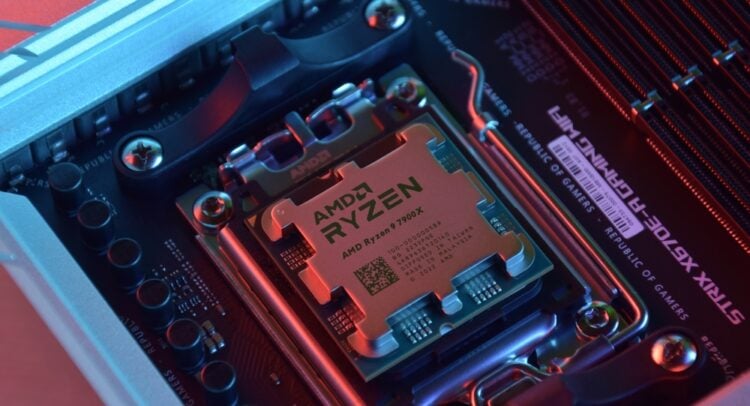The U.S. Department of Energy has signed a $1 billion agreement with Advanced Micro Devices (AMD) to build two new supercomputers. The goal is to speed up research in clean energy, cancer treatment, and national security. Energy Secretary Chris Wright said the systems will give scientists the power to study complex problems that are too large for today’s computers.
Elevate Your Investing Strategy:
- Take advantage of TipRanks Premium at 50% off! Unlock powerful investing tools, advanced data, and expert analyst insights to help you invest with confidence.
The first system, called Lux, is set to start operating within six months. A second, larger machine named Discovery will follow in 2029. Both will use AMD’s newest processors to handle large amounts of data at high speed. The department expects these computers to help advance fusion energy projects and improve drug discovery. Secretary Wright said that with better computer models, doctors could identify new cancer treatments faster and turn many serious diseases into manageable ones.
At the same time, AMD Chief Executive Officer Lisa Su said the project shows how high-performance computing can drive real progress in science. The company will provide the chips and interconnects that allow the systems to move and process data more efficiently. This partnership marks one of AMD’s biggest U.S. government contracts to date. This new partnership comes just days before AMD’s planned Q3 earnings report, due on Nov 4.
On Monday, AMD shares rose 2.67% to close at $259.67.

IBM Uses AMD Chips to Tackle Quantum Noise
It seems AMD’s chips are gaining traction lately, with International Business Machines Corporation (IBM) announcing that it successfully ran a key quantum error-correction algorithm on standard AMD chips. The test showed that the system could reduce noise and run faster than expected. IBM said the result brings it one step closer to developing a working quantum computer.
The company’s research team confirmed that the algorithm performed ten times faster than the baseline needed for reliable operation. Using AMD chips made the process more affordable and easier to scale. IBM plans to include this method in its roadmap to build a new quantum system, Starling, by 2029.
What It Means for Investors
Both developments highlight AMD’s growing role across advanced computing. The company is supplying the technology behind two major areas: high-performance computing for science and data-heavy modeling, and quantum computing for next-generation systems.
These moves strengthen AMD’s position in government and research markets. They also signal steady demand for its processors in areas beyond gaming and cloud computing. For investors, this broader reach could support future growth as the company continues to expand its footprint in global technology infrastructure.
Is AMD Stock a Buy or Sell?
Turning to the Street, Advanced Micro Devices boasts a Moderate Buy consensus, based on 39 analysts’ ratings. The average AMD stock price target stands at $249.92, suggesting a 3.75% downside from the current price.

















